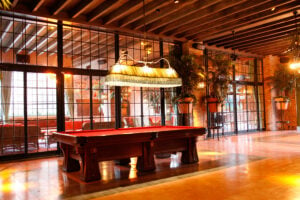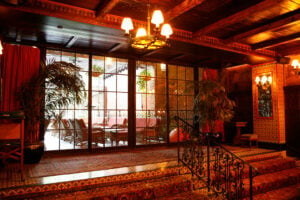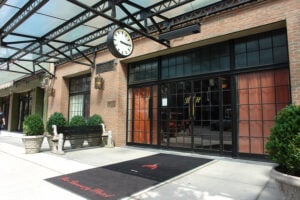 Reviewed by
Anton Giuroiu
Reviewed by
Anton Giuroiu
For years, steel casement windows, recognized by their gridded mullions and outward swing like a door, had fallen out of favor due to their tendency to leak and their fragile hinges, which could be damaged by strong winds. Many older buildings replaced these with more modern single-pane aluminum or double-hung windows. But recently, steel casements have made a notable comeback, especially in newer developments across West Chelsea and the West Village, as a nod to prewar architectural styles.
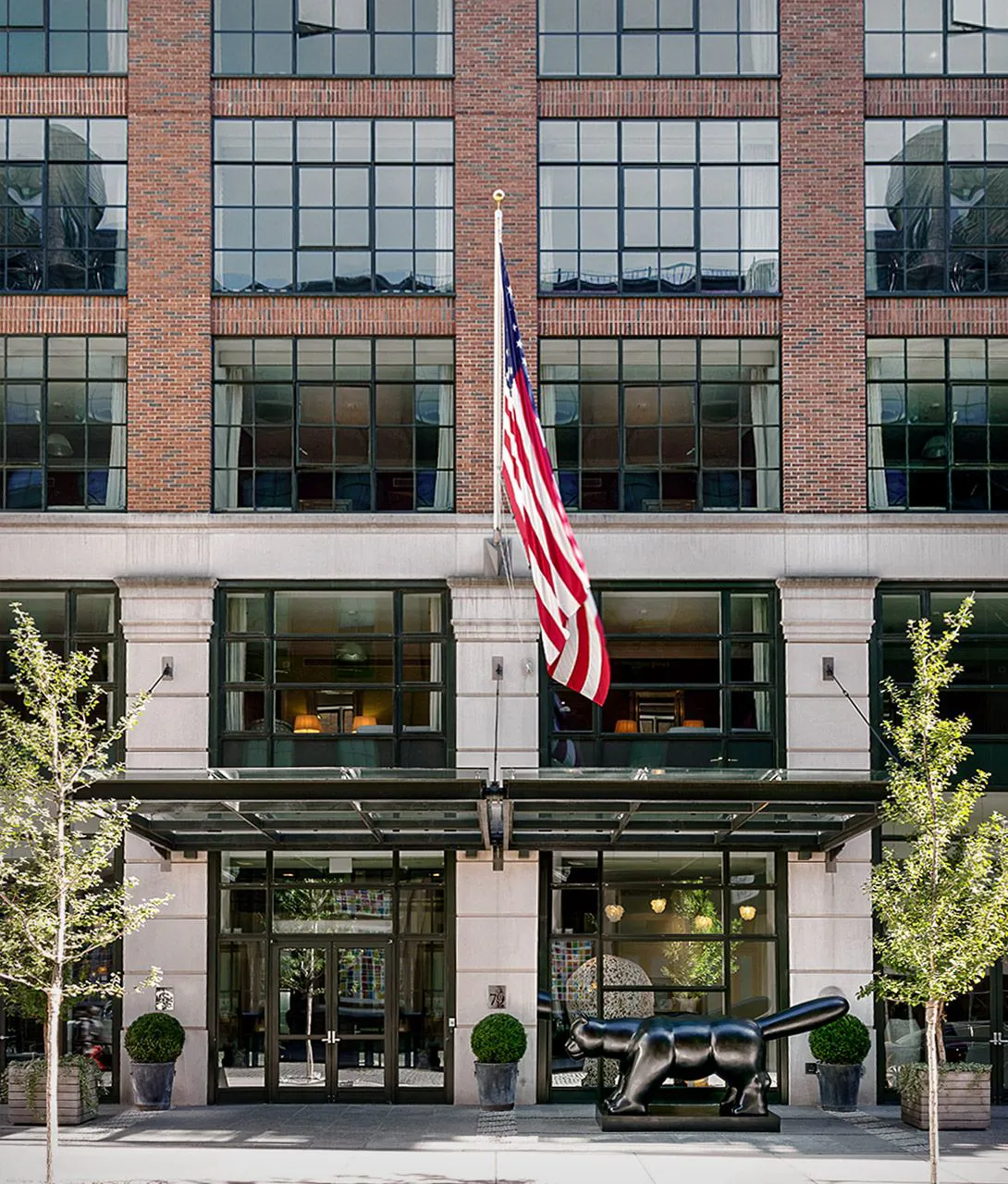
Much of this revival can be attributed to architect and developer Cary Tamarkin. Often referred to as “the window guy,” Tamarkin has featured steel casement windows in many of his New York City projects, including 140 Perry Street, 495 West Street, 397 West 12th Street, and most recently, 456 West 19th Street, a 22-unit, 11-story duplex building, where five apartments are still for sale, starting at $2.2 million.

Explaining his choice to use the more expensive steel casement windows, Tamarkin described it as a "commitment to a classic Modernism rooted in authenticity." Many of his projects are in areas rich in warehouse architecture, and Tamarkin designs his buildings to complement their surroundings. He favors steel over aluminum because the former has slimmer mullions and a textured, weathered look. “I don’t like fat-mullioned windows,” he said. The windows are carefully crafted, with small glass panes installed individually. “Either you don’t get it, or you can’t live without it,” he added, emphasizing the subtle craftsmanship that appeals to discerning buyers.
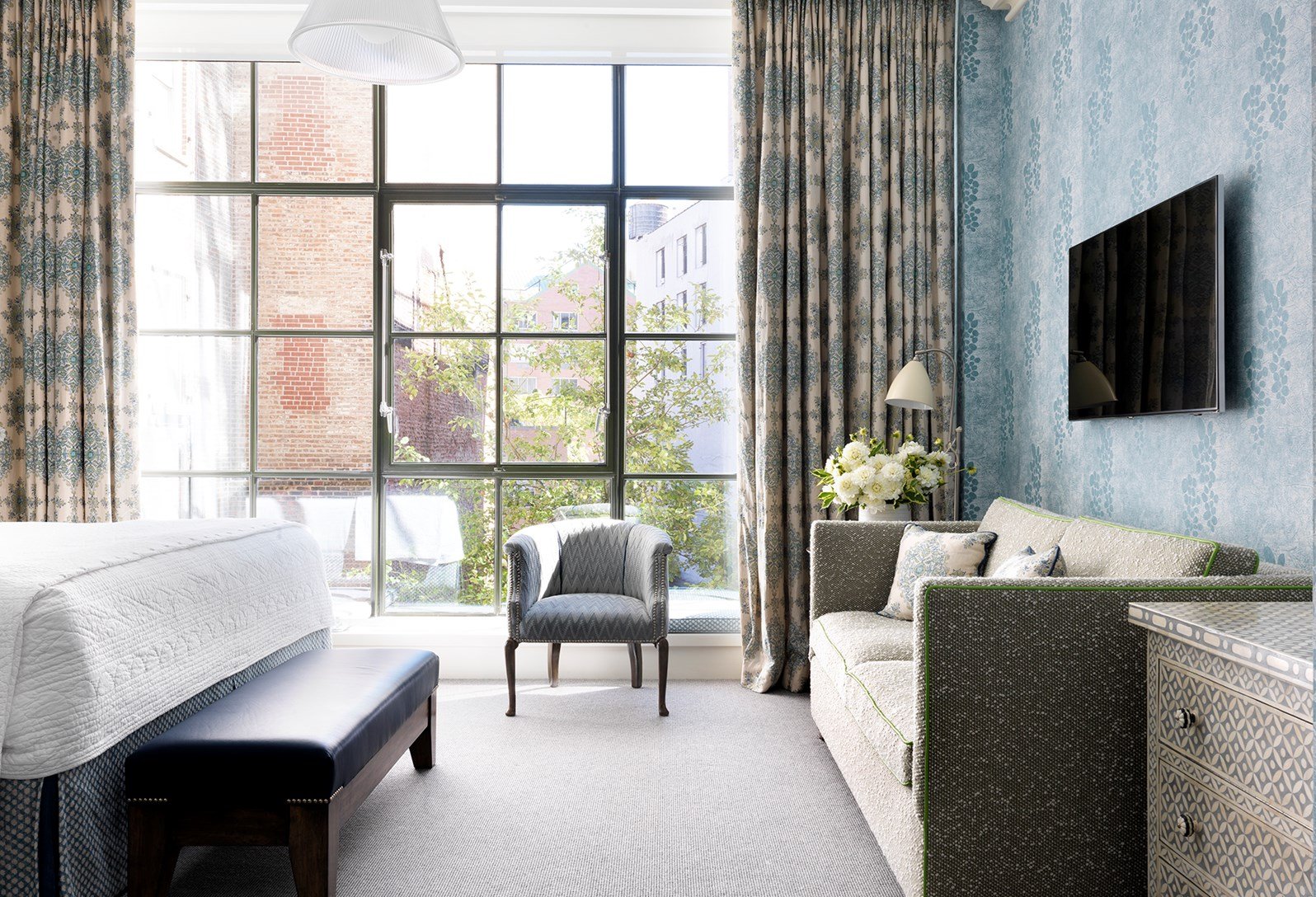
One such buyer is Jaime Roth, who had been searching for an apartment in the West Village before purchasing a three-bedroom unit at 456 West 19th Street, drawn in by the windows. “The windows were really the reason why I bought that apartment,” she said. “I like that it’s new construction, but it feels kind of old. That’s what the windows do.”
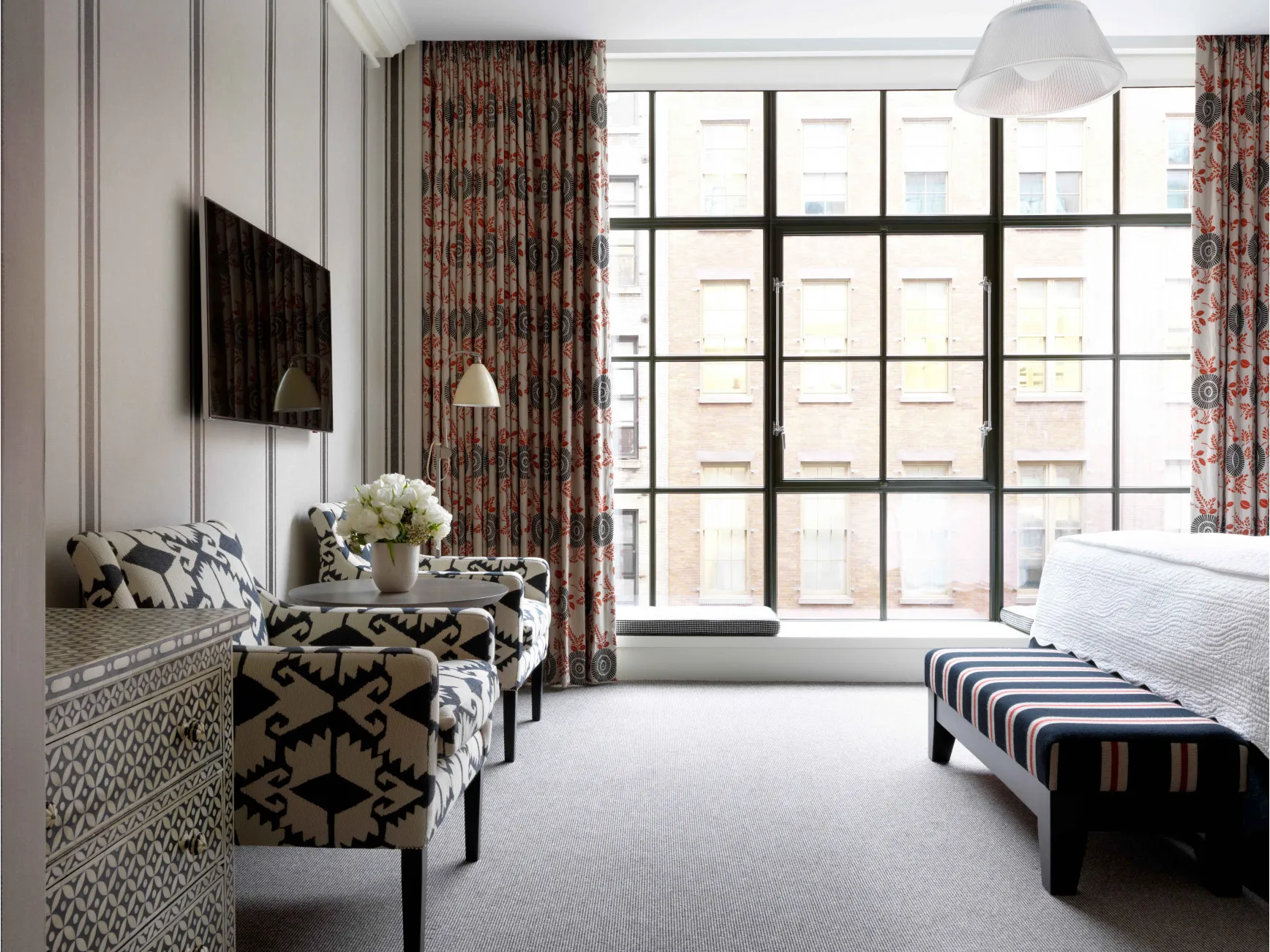
Casement windows also feature prominently in other high-end developments, such as 200 11th Avenue, where a penthouse is listed for $17.5 million. Sara Lopergolo, a partner at Selldorf Architects, who designed the building, noted the appeal of casement windows: “It breaks down the scale of a window opening. It frames views.” She added that the windows resonate with buyers because they evoke a sense of old-world charm, especially in New York City.
Richard Kusyk, owner of Bright Window Specialists, which installs Hope’s Windows, a prominent manufacturer of steel casements based in Jamestown, N.Y., attributed part of the resurgence to advancements in window technology. Older steel windows were often single-pane with putty-glazed exteriors and no weather stripping, designed for industrial warehouses where air leaks didn’t matter. “Hope’s has developed ways to make those windows accommodate insulating glass, triple weather stripping, and superior finishes that will last a lifetime. They never did any of that in the old days,” Kusyk explained.
In some cases, casement windows have been integrated into renovations. In the 1980s, Pierre LeVec and Pierre Moulin, founders of Pierre Deux, a company specializing in French country furnishings, installed French casement windows at 367-369 Bleecker Street. French casements, which have no center mullion and swing open for an uninterrupted view, became a key selling point when the building was converted to a condominium by Beck Street Capital in 2004. Apartments sold for up to $3 million and went quickly. Kevin D. Comer, senior managing director at Beck Street Capital, emphasized that these windows were a major selling feature for every unit. Comer, a former resident of the building, appreciated the French casements for their airflow, saying, “With French casement windows, the entire window is available for airflow. Just the breeze is incredible.”
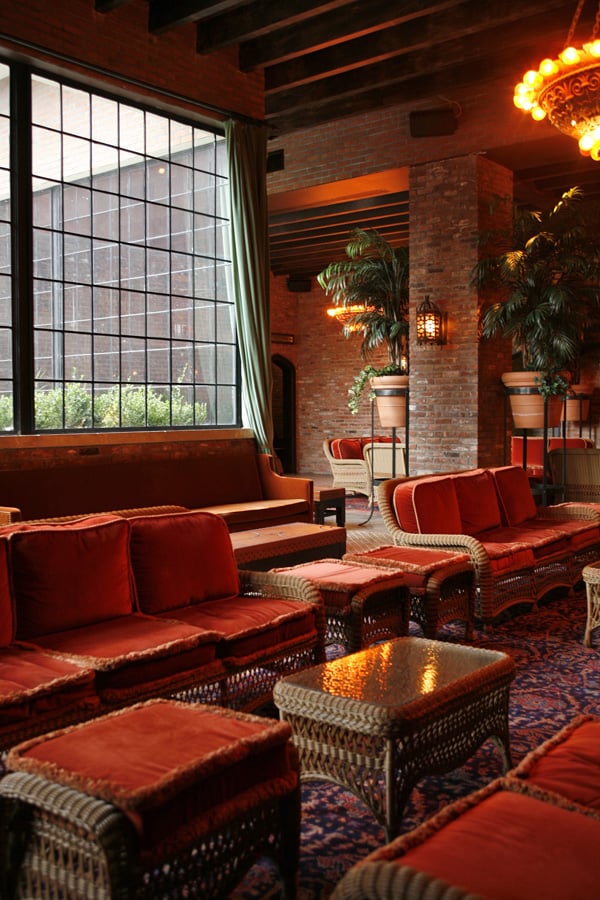
For those unable to purchase such high-end properties, vintage steel casement windows can still be experienced at hotels like the Bowery Hotel or Crosby Street Hotel. At the Bowery, rooms start at around $425 per night, while rates at the Crosby begin at $495. Sean MacPherson, co-owner of the Bowery Hotel, pointed out the charm of “real mullioned windows,” noting their coziness and appeal.
However, only some are fans. Leonard Steinberg, managing director of Prudential Douglas Elliman and sales director for 200 11th Avenue, mentioned that while some people love the warehouse aesthetic of casement windows, others find it a "no-no."
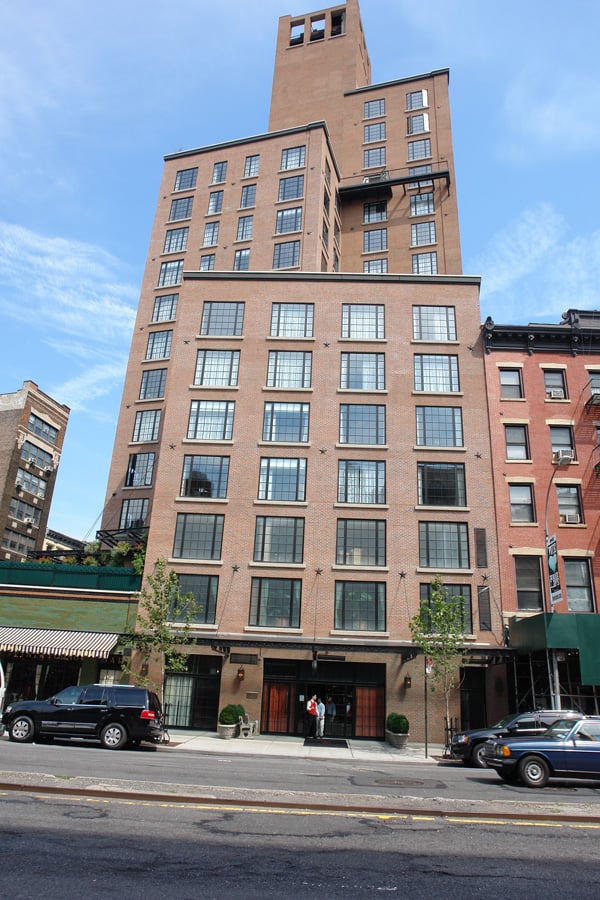
Though steel casement windows are known for their durability and character, modern architects are increasingly turning to aluminium joiner systems for their sleek design and superior energy efficiency, but modern window frame types, such as wood and composite, are also widely used in modern window construction. Wood offers a timeless aesthetic and excellent insulation, while composites combine the strength of materials like fiberglass and resin, providing durability and low maintenance. Each material offers distinct advantages, allowing architects to choose the best option depending on the building’s style, budget, and performance requirements.

